Hall of Flayers
Where does valor end and madness begin? Right about here.The Hall of Flayers is the headquarters of the Sōtari - a cult of warriors that emulate monsters and wild beasts. They drape themselves in the still ichor-drenched hides of monsters and emulate their ferocity. Within the Hall, the beast-skins feast and fight between battles, initiate new warriors into their ranks and drink to honor the slain. There are whispers of things deep within the Hall, things the Sōtari keep hidden. Rumors of dark rituals and sacrifice trail them like blood from a sword. At once honored and feared, the Sōtari blur the line between man and monster.
Layout
The Grounds
The Grounds is the courtyard of the Hall, outside the Hall proper but surrounded by a crude wall that mark their domain. The high-ceiling of the cavern give the grounds an expansive and airy feel compared to the claustrophobic tunnels beyond. The courtyard contains a few marked areas for practice or exercise and a couple of small gardens where mushroom and fungi are grown. The floor is frequently cluttered with discarded chitin and broken items, with some parts of the Grounds little more than garbage dumps.The grounds is a relatively new addition to the Hall and its expansion was made by force. The walls are made out of stones taken from the homes the Sōtari demolished.
The Feasting Hall
The central cavern of the Hall of Flayers are similar to most Dhanû Feasting Halls. It is an unevenly square room where the feasts are enjoyed and court is held, flanked by smaller barrack-like rooms for warriors and servants. The cavern was never that flat and dips precariously in the middle of the hall. The hole has been widened further and named the Pit, where gladiatorial bouts are held for the amusement - or participation - of revelers.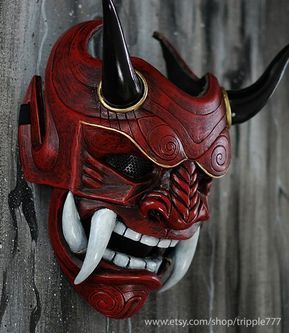
Many of the walls of the Hall are still untreated and untouched. Along the edges of the room, the floor is uneven and garbage accumulates in every nook and cranny. More often than not, the reek of alcohol and waste is overpowered by the stench of ichor from the Sōtari's equipment. Gifts and tributes are fastened to any available surface and are most readily on display along the six central columns that support the cavern ceiling. Most are hoisted high up, to reduce the chance of damage from a drunken brawl.
The Pool
Below and beyond the Feasting Hall, Sōtari gather to initiate new members and perform their most hallowed rites. The large circular room is centered around a deep pool filled with the ichor and blood of both monster and men. This deep and this far from any cold-spreading monsters in Sheoin, the room is humid and damp. It isn't certain how deep the pool goes and some Sōtari swear it is growing deeper.The burrows and rooms adjacent the pool are reserved for initiates, prisoners and beasts used for ritual - both captured and slain. The quarters for initiates are cramped and unpleasant, but the beasts are treated like valued treasures. Without them, there would be no Sōtari. Being able to bring some monsters back alive brings great prestige. Such treasures call for a particular kind of feast.
Man And Monster
Rite of Initiation
Each initiate has a different journey to becoming Sōtari, but they all pass through the Rite of Initiation. They are taken to the pool and daubed with woad made from poisonous ichor, then asked to drink. The ceremony can be short and prompt or a wild night of terror depending on how the initiate reacts and what they see. Several Sōtari are on hand, as some initiates have plunged into the pool to drink. Visions are common, believed to show the initiate their future or the beast more akin to them.Rite of Binding
Every few years, the Sōtari gather to reaffirm their ties and swear new oaths. Without clan and family, the Sōtari only have each other and to neglect this ritual is to become an outsider even among outsiders. After feasting, drinking and fighting, the Sōtari gather at the Pool. They cut their hands and bleed into the Pool. Participants go in no order whenever there is room, until everyone has bled. A few are designated to watch over the rest as they fill cups from the Pool, mix them with alcohol and drink.Rite of Gorging
Rarely performed, the Rite of Gorging is an experiment as much as ritual rite. Influenced by the Cult of Zhotori, the Sōtari feast on mutagenic flesh and blood. Every rite is different, with the elders of both cult and beast-skin tweaking the exact doses and recipes in hope of better results. Most end poorly for those who gorge themselves. None walk away from the Rite unchanged.The Ascending Steps
The Sōtari do not hold many secrets but the ascending steps remain a whispered rumor in Dhanû. Traitors to the Sōtari speak of blasphemous degeneration and tunnels deep below even the Pool, of things that live and squirm within the bath of ichor and human blood. Only the most trusted and brave Sōtari are allowed to attempt the Steps, with only those who has passed the rite there to witness.Dhanû Nestled deep within the Sheoin region of the Inner Shell, the city-state of Dhanû have carved a place for themselves in a hostile land. They are fierce warriors, skilled poets and resourceful survivors. Dhanû is bound togther by a complex web of obligation and expectation, honor and prestige. Every man and woman has their place and purpose. Read More About Dhanû
The Sōtari
The Mad Ones, the Beast-Skins, the Howlers... The Sōtari are infamous in Dhanû for their ferocity in battle and their bizarre behavior outside of it. In a society of strict structure and obligation, the Sōtari are different. The become one often means cutting ties with past clans and family - an act unthinkable to most Dhanûian. Some join when shamed and without options. Others are consumed by a quest for power and glory, willing to trade anything for it. Some few see the Sōtari as the first step on a journey to ascension. Read More About The SōtariWould I do it? Don the skin of a beast and howl into the darkness, for the power to tear my enemies asunder? Don't be ridiculous - my sisters would never let me hear the end of it.
Madness and Mystics
Beyond their reputation as fierce warriors, Sōtari are often considered mystics and wise shamans. It is believed that they can see the mind of monsters and divine the future from entrails and bloodshed. When lucid, many Sōtari act in the capacity of advisor or guide to clan-warriors hunting parties or the Imaður slayers. Even their status outsider lend them a certain mystique, marking them as strange and different.The Forge of Bones
Izhaso is a forge-city where master crafters take the corpses of monsters and turn them into everything from bone combs to suits of armor. The Sōtari are frequent visitors to the Forge, either seeking an artisan to craft something from a freshly felled beast or to purchase discarded parts. The stink of ichor and the hissing of corrosive gas from decaying cadavers have forced Izhaso further away from Dhanû but the Sōtari feel right at home. Read More About IzhasoThe Cult of Zhotori
Considered mad even by most Sōtari, the Cult of Zhotori see the human form as flawed and so easily broken. But everything that is broken can be mended, repaired and improved. That is the goal of the Cult - to reshape their flesh and bones, to transcend their humanity.This world is not meant for a creature so frail.The Cult have begun to infiltrate the ranks of the Sōtari, planting initiates of divided loyalties. Rites have begun to change, more radical views slowly creeping into the teachings of the Sōtari. Read More About The Cult
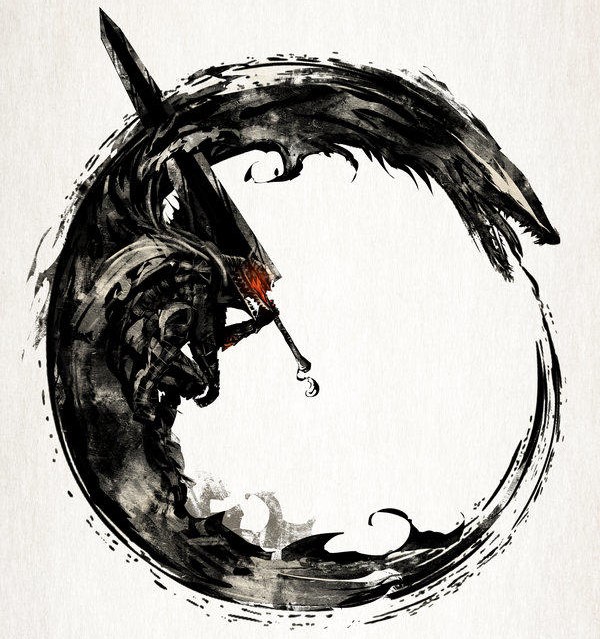
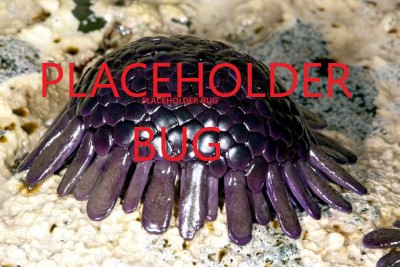
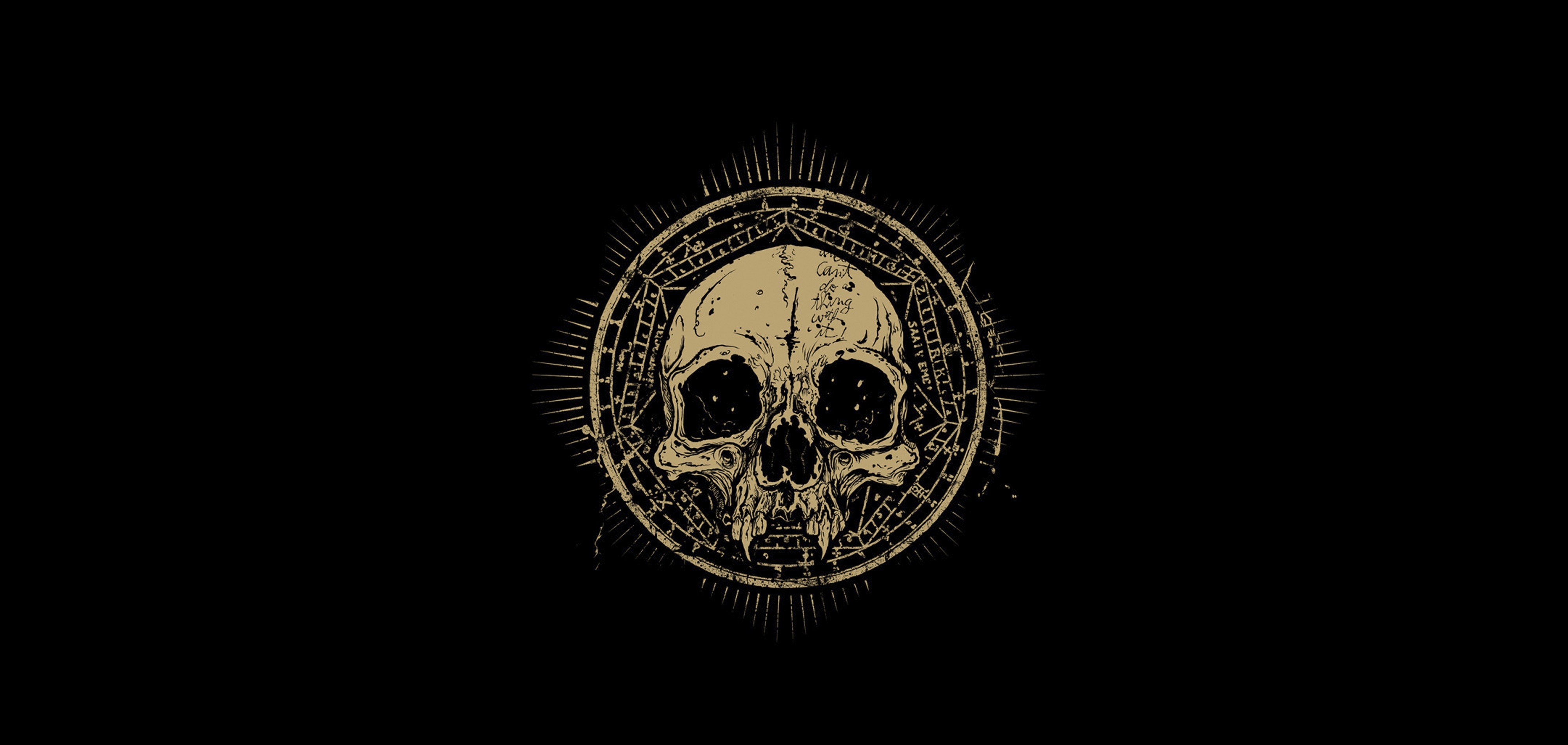
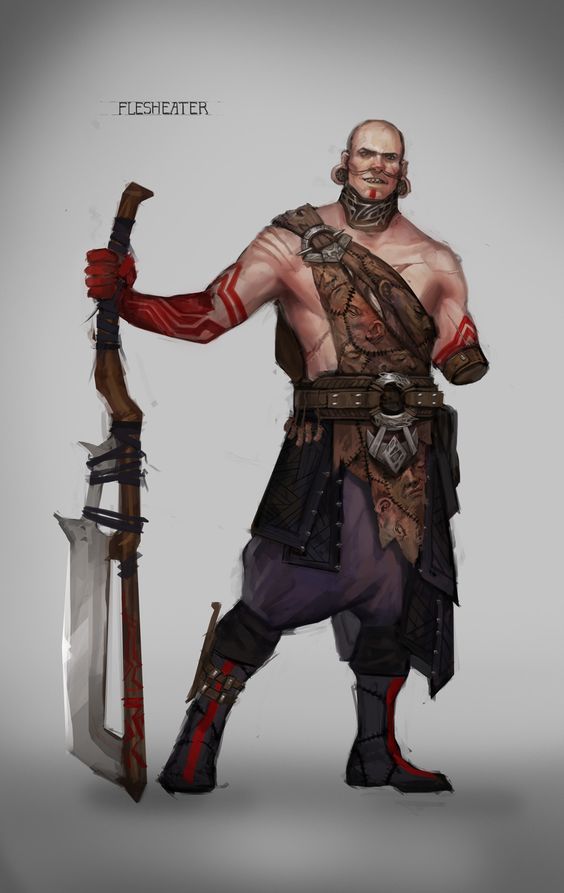


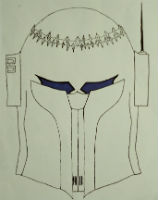

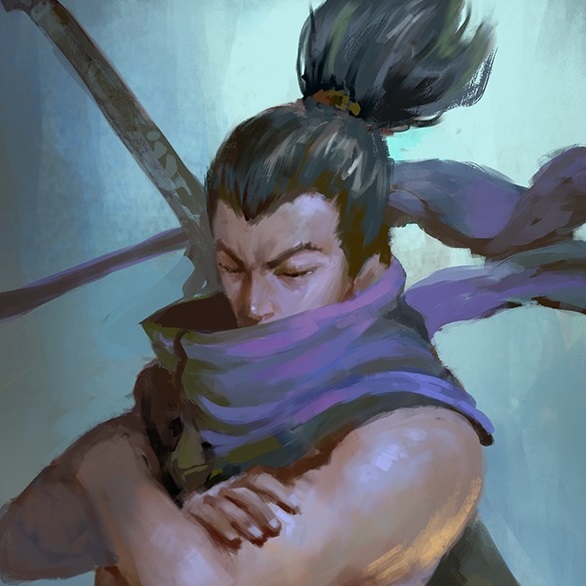
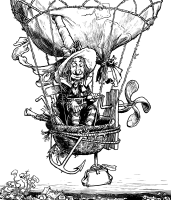
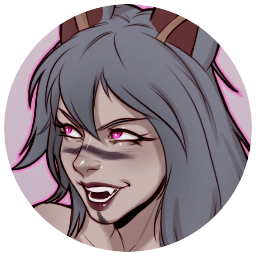
Groups obsessed with emulating other creatures are a good bit of fun, I like how there's an air of transhumanism about the Sotari here.
You explain a number of terms and phrases quite helpfully with tooltips— though I am unsure as to what, exactly, ichor is within your world. I, myself, am familiar with the term meaning blood from gods— but you mention it comes from beasts and other creatures instead? Perhaps with the first mention of it here, you could add a tooltip with a short explanation? Or, perhaps, there is more to the word than my limited knowledge.
Also thanks for inadvertently introducing me to the "
" BBCode.
That is really interesting - I had no idea it came from the Greek or had anything to do with gods! I've only heard it in cthulhu-type stories or pulp fantasy, so I've always associated ichor as a sort of monster-equivalent of blood. Learn something new every day. I'll have to have a think of it. Maybe it's worth making an entire article about... Thanks for the comment :D
Creator of Araea, Megacorpolis, and many others.